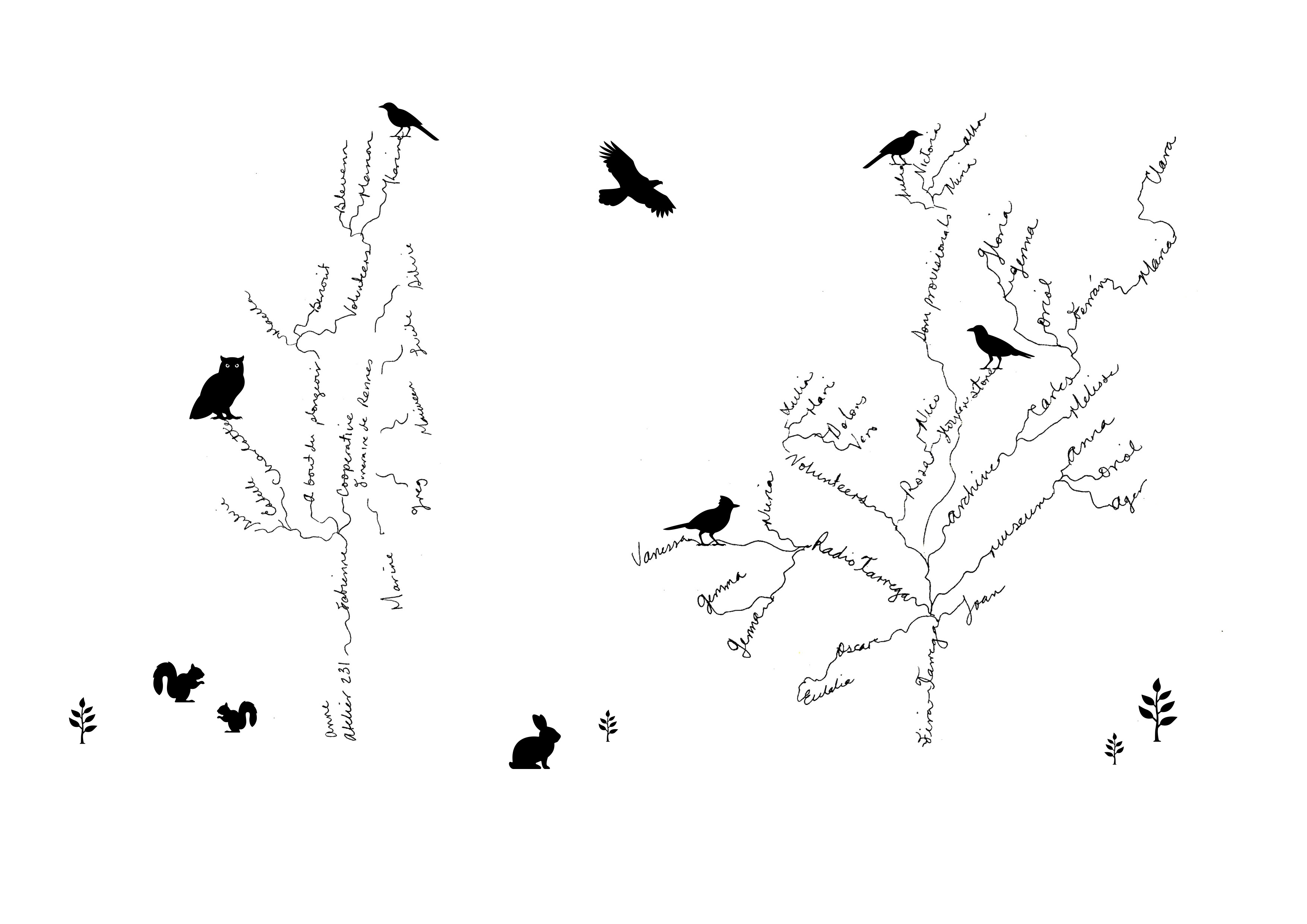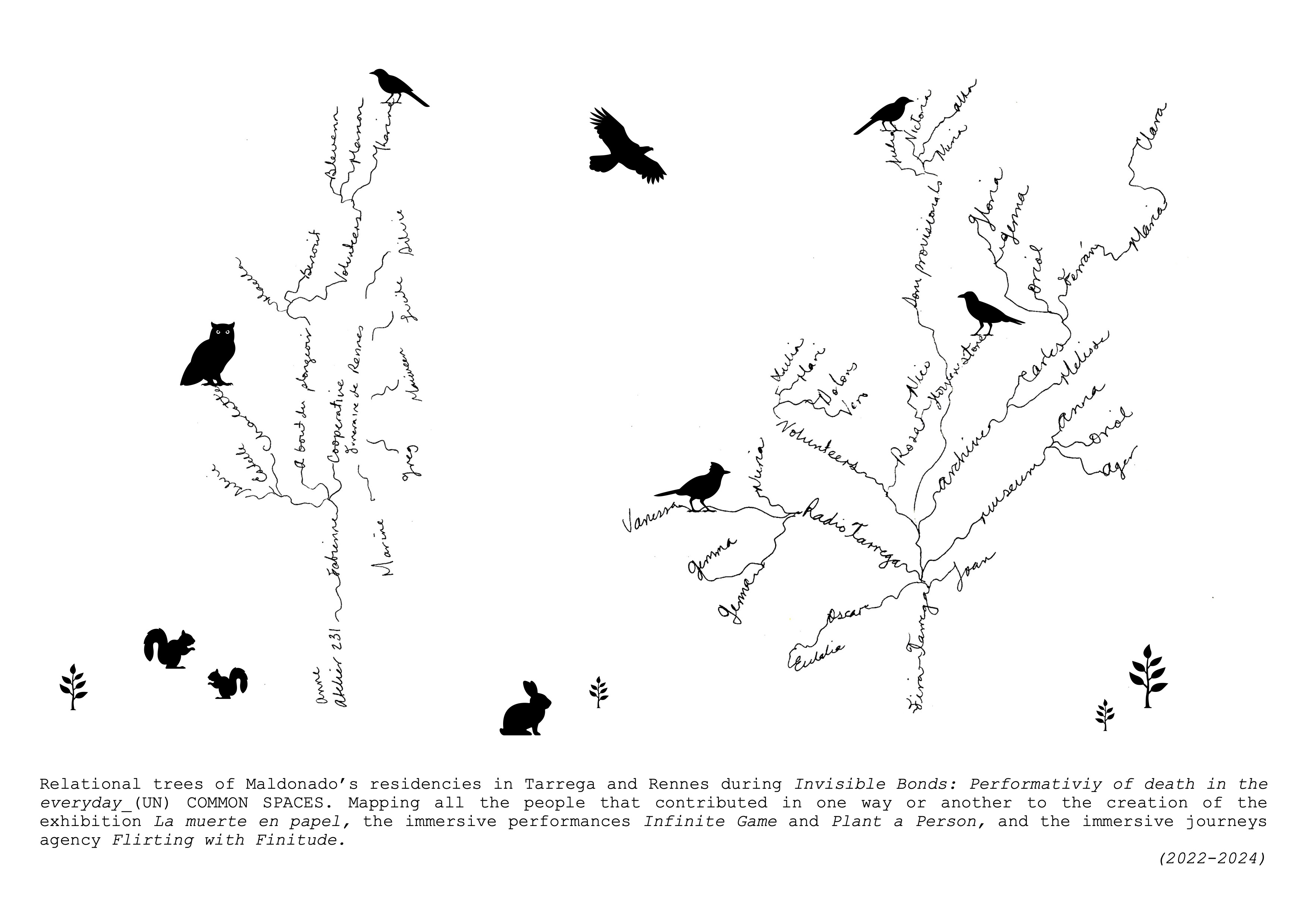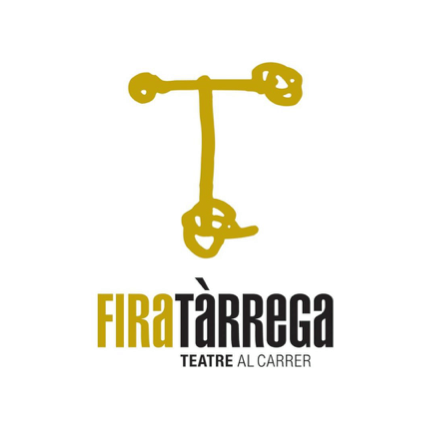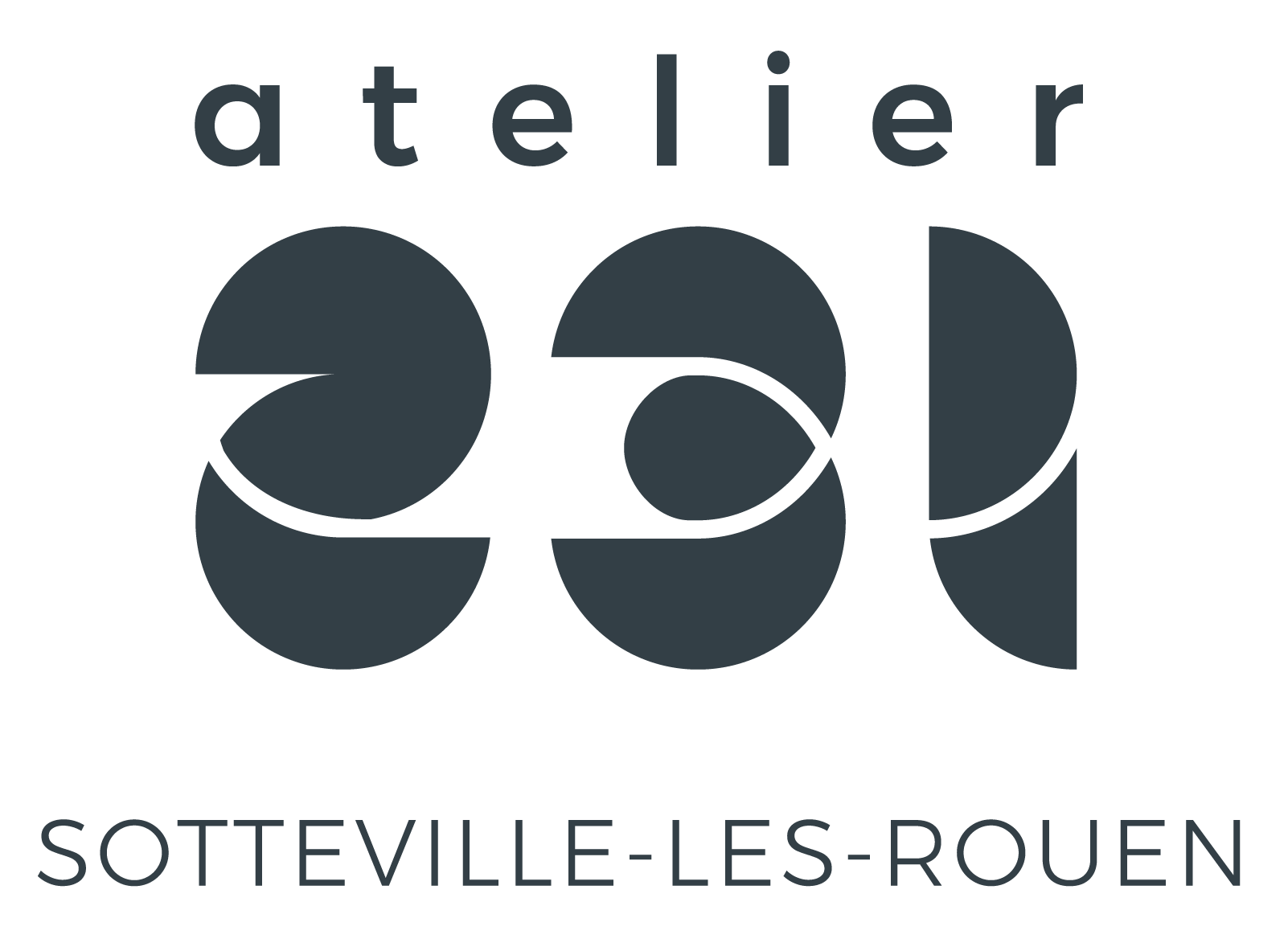 artists
artists
Relational Practice or Dreaming of Pollination
by Cristina Maldonado
02/07/2024
In the research Invisible Bonds: Performativity of Death in the Everyday (2021-24), my usual ways of researching and production were challenged by new questions and modes of relating to partners and citizens in the IN SITU European platform for artistic creation in public space.
This period helped me to devise a particular artistic-ethnographic practice by establishing long-term collaborative relationships with partners and experts on the topic of death. This action was part of (UN) COMMON SPACES, co-funded by the Creative Europe Program of the European Union. Supported by Fira Tarrega, Čtyři Dny, Atelier 231, and Au bout du Plongeoir.
The project was hosted repeatedly in the long term and developed at a slow pace through research residencies in Tarrega (each lasting a month, in 2022, 2023, and 2024) and in Rennes (1 week in 2022, 1 month in 2023 and 2 weeks 2024).
I spent time with each partner and engaged with their local network of allies. I stopped identifying partners with the main festival or venue they program and understood better their context, their challenges, and their aims.
This was the first time I had the time and means to relate like this to partners. In a network such as InSitu, the first potential to notice is mobility, meaning showing one’s work in as many countries as possible. But instead, the depth of the research kept me working in the same places for longer periods. The long-term relationship with these partners led me to new ways of working and clarified ethical principles that will accompany my future practice.
I concluded that mobility and international collaborations make sense to me if the artist's presence is part of an already existing need, an ongoing conversation aiming for social transformations. And as an artist, I want to understand this conversation and choose how to contribute to it.
Therefore:
I go where I am asked to go, not only where I would like to go.
I respond to a need that is already articulated and that already detonated a process, I add myself and my practice to this process.
I sustain long-term communication and collaboration with my potential hosts waiting for the right moment to do things. This is possible because we share values and our processes meet at different moments.
When I displace myself, I care for:
What I bring
The performances, in this case, the resulting protocols of the research: Infinite game meditation and To Plant a Person mini-retreat. These are processed valuable material found in many places, to communicate universal values and questions with an intimate and immersive approach.
What I find
The resulting Invisible Bonds methodology gives me a dramaturgical and ethnographical combination to spend time with local people and articulate their local knowledge through performative action, audio walks, installations, publications, and devices that allow us to share this knowledge with others.
What I transport
The documentation of the research process and the collaboration with local documentarists produce an archive that can be articulated into a documentary of each location, allowing me to share this in other countries and cultures. Expanding the view of death practices beyond local knowledge. This multi-local archive is a way to share experiences, and perspectives and to create a common pool of knowledge that originated in diverse contexts, cultures, and languages.
What it stays
If I respond to something that is already happening in the location, then it might happen that something roots there, a legacy of the artistic process. It can be any artistic device that responds to local interests and can be activated by others without my presence.
A dream of pollination
At the very start of (UN) COMMON SPACES I was asked what my dream was as an artist, to be honest, I have stopped dreaming already for some time and I don't remember what I said back then anymore.
Today if you would ask me again, regardless of how utopic this sounds, this is what I would say:
My role as an artist is the role of a pollinizer who investigates all kinds of flowers, enjoys their nectar, and gets impregnated wherever I stand. Then I bring gifts in between distant places, some of them landing in the fertile ground where unexpected things root and grow from the mix of the endemic and the foreign. I am the agent of transportation and communication between all the gifts I am offered everywhere I go.
Notes for new questions:
What does pollination mean in the context of my practice?
What is created regionally can be implemented in other countries.
The protocols can be adapted to other places bringing the knowledge and process given in one place to others.
The methodology developed in one site can be applied to another so that it is not a work that is repeated but a process.
The knowledge of local experts can be shared through documentaries with local experts from other countries.
Help bring interdisciplinary tools between experts from different countries, for example, develop a protocol with the funerary in Rennes and share it with the new alternative funerary in Spain.
What is this constellation of relationships that is beginning to form, and how to use it?
Sustain the relationship with partners, citizens, volunteers, specialists, and non-artistic associations with whom I share values (in my practice this has happened with a funeral home, an activist association, a museum, and an archive). These people have become advisors and friends and it has turned into a network that I turn to for advice and with whom I continue to collaborate. It also allows me to contribute to their projects and thus infiltrate artistic practices that are located in other social contexts (for example, through the design of a device that the activist association can use in their workshops). How to move further in this? What other means of funding and infrastructures allow art to continue with this interdisciplinary dialogue and contributions?
Is joint creative capital possible in this project?
Is it possible to own something together? The artist, the partner, the citizen, the audience?
What can be an emerging financial model that seeks to establish the sustainability of this way of working for long periods of research, then periods of sharing, distributing, and inheriting the artwork? For example: long periods of research in a single place are financed by two or three partners, with the knowledge that the protocol created there will be implemented in their territory when finished. And that it can stay in their territory to be performed without the artist. Or a model of membership for certain research (Plant a Person Society is already alive with a group of people in Rennes implementing the performance by themselves) so that partners or anyone interested in supporting the research can acquire a membership and access the protocol when finished. Here we have a long way to explore, learn, and experiment with.




